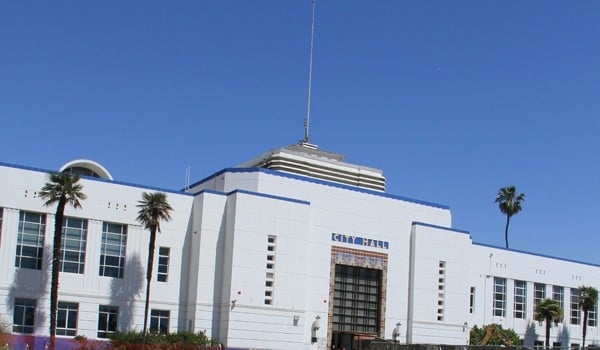The monthly rent for anyone living in a Santa Monica rent-control apartment cannot be raised by more than $40 starting September 1. The Rent Control Board voted unanimously to pass the dollar amount cap during their July 8 public meeting.
“I support the imposition of a cap because we are seeing extremely high rents already - some of the highest in the nation.,” Board member Nicole Phillis said. “With high rents comes the rapid acceleration of rent. The higher the rent, the higher the increase every year.”
Back in May, the Board set the 2017 General Adjustment at two percent. The adjustment is calculated to be 75 percent of the annual change in the Consumer Price Index for the greater Los Angeles area which the Bureau of Labor Statistics reported was 2.7 percent. Rent Control tenants saw their rents rise by 1.3 percent last year.
Several board members voiced their support of their cap over fears of escalating market-rate rents in Santa Monica and other pressures on tenants. A 2016 analysis by the City found median rental rates for controlled units in Santa Monica have reached an all-time high – increasing eight percent in just one year. Board member Anastasia Foster says many tenants who recently moved to Santa Monica are already rent burdened and should not see their rent go up two percent – or about $44 a month for a one bedroom apartment renting for the median average of $2,200 a month.
“If a citizen is paying upwards of 50 percent of their income in rent, that’s no different than anyone else,” Foster said. “What is different is the compounding effect of a lack of a cap.”
However, local property owner David Miller argued the rental cap would discourage landlords from improving the units of existing tenants. Miller, who also owns a building in Mar Vista, says Los Angeles’ annual three percent monthly rent increase allowed him to remodel kitchens in some of his units last year. This year, he plans to install new windows with the increased rent.
“They’re beautiful,” Miller said of the energy-efficient windows added to his Los Angeles building. “They’re more secure and everybody loves them.”
Miller says his tenants in Santa Monica will not be getting similar upgrades because his income from their rents remains flat. Miller criticized the cap as being regressive.
“I’ve never understood why it make sense for tenants with higher rents to have a lower percentage increase than the rest of the tenants in the city,” Miller said.
In an interview with the Daily Press, the Director of Social Policy at the University of Southern California Sol Price Center for Social Innovation, agreed that rent control caps could have direct impact on the upkeep of rent-controlled housing stock in Santa Monica.
“All of these choices around maintenance do contribute to how much affordable housing exists,” Gary Painter said. Painter, who specializes in affordable housing and urban economics, says rent-controlled buildings that are not properly maintained over the years are at risk of being lost because high property values and the Ellis Act.
“It makes sense that a building that hasn’t been maintained is at bigger risk of being demolished,” Painter said.
At Thursday’s meeting, the board members put an emphasis on tenant retention.
“As desirable as renovations are, they also come with increased rents and increased property values,” Phillis said. “It’s not an entirely selfless thing. There is a benefit to the tenant and a benefit to landlords.”
“Right now, with the market putting so much pressure on renters even being able to make their rent, I have to concern myself much more with these renters being able to make their rent for the kitchens that they have and that is why I support this cap,” Board member Todd Flora said.
kate@www.smdp.com








